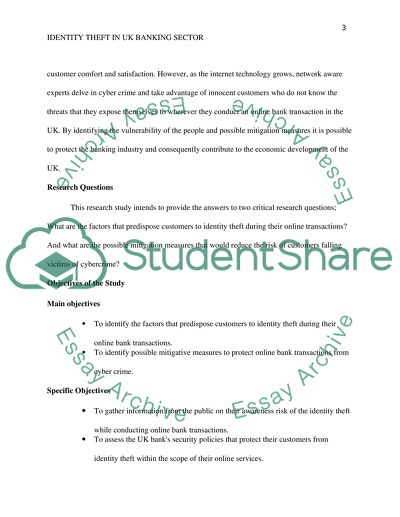Cite this document
(“Research proposal in identity theft in banking,uk Essay”, n.d.)
Retrieved from https://studentshare.org/law/1491045-research-proposal-in-identity-theft-in-bankinguk
Retrieved from https://studentshare.org/law/1491045-research-proposal-in-identity-theft-in-bankinguk
(Research Proposal in Identity Theft in banking,uk Essay)
https://studentshare.org/law/1491045-research-proposal-in-identity-theft-in-bankinguk.
https://studentshare.org/law/1491045-research-proposal-in-identity-theft-in-bankinguk.
“Research Proposal in Identity Theft in banking,uk Essay”, n.d. https://studentshare.org/law/1491045-research-proposal-in-identity-theft-in-bankinguk.


